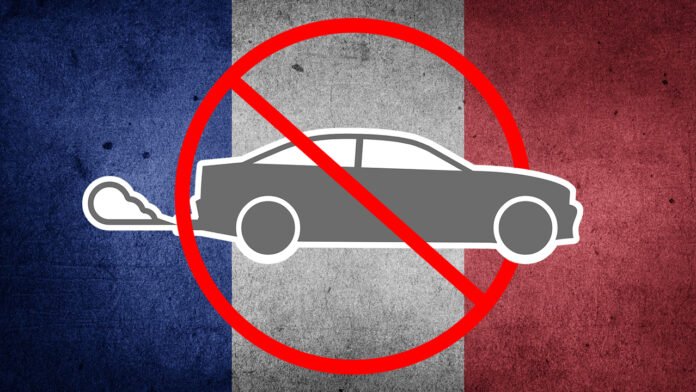
As the clock struck midnight on January 1, 2024, a significant change swept through the city centres of Lyon, Grenoble, and Strasbourg in France.
Cars adorned with Crit’Air 4 and 5 stickers, signalling the highest emissions, were banned from these urban landscapes, marking a decisive move in the nation’s battle against pollution.
Crit’Air stickers, a system implemented to categorize vehicles based on their pollution levels, assign each vehicle a sticker with one of six levels on a sliding scale.
Ranging from “0” for new energy vehicles to “5” for the most polluting ones, this system aims to provide a visual indicator of a vehicle’s environmental impact.
The control measures have not been without controversy. Residents, whose daily lives are directly impacted by this decision, have voiced their opinions on the matter.
Suzanne, a resident in Lyon, expressed her frustration: “I don’t understand. It’s all against cars, anyway. What worries me is that I would have to buy a second car with a second insurance. That’s not possible.”
Nicole, another Lyon resident, highlighted what she perceives as misplaced priorities: “There are other, much more important issues to resolve than this one.” While acknowledging the initiative’s good intentions, Clement believes that alternative solutions should be explored to address pollution.
However, Jacques, a Lyon resident, sees the ban as potentially beneficial, signalling a diversity of opinions within the affected communities.
In response to the concerns raised by residents, France has implemented financial assistance schemes to support car owners in transitioning to less polluting vehicles.
Additionally, cities like Grenoble have introduced their own measures to alleviate the impact of the ban. Grenoble, for instance, offers affected car owners the opportunity to receive 1,000 euros for public transport or bicycle rental subscriptions under specific conditions.
The move to ban high-emission vehicles reflects a broader global effort to combat air pollution and reduce the environmental impact of transportation.
France’s decision aligns with the country’s commitment to meeting environmental targets and promoting sustainable living.
Critics argue that such measures disproportionately affect lower-income individuals who may struggle to afford newer, cleaner vehicles.
They also question the efficacy of the ban, suggesting that alternative solutions should be explored to address pollution without placing an undue burden on citizens.
As the debate continues to unfold, the ban raises questions about the balance between environmental responsibility and the practical implications for citizens.
While the government takes bold steps to curb pollution, residents’ voices, both in support and opposition, underscore the complexity of implementing measures that balance ecological concerns with the daily realities of people’s lives.
This article was created using automation technology and was thoroughly edited and fact-checked by one of our editorial staff members